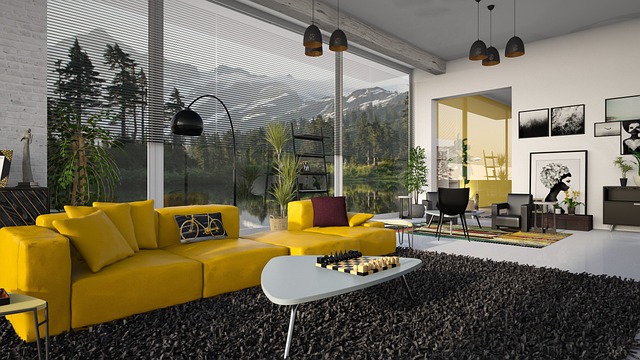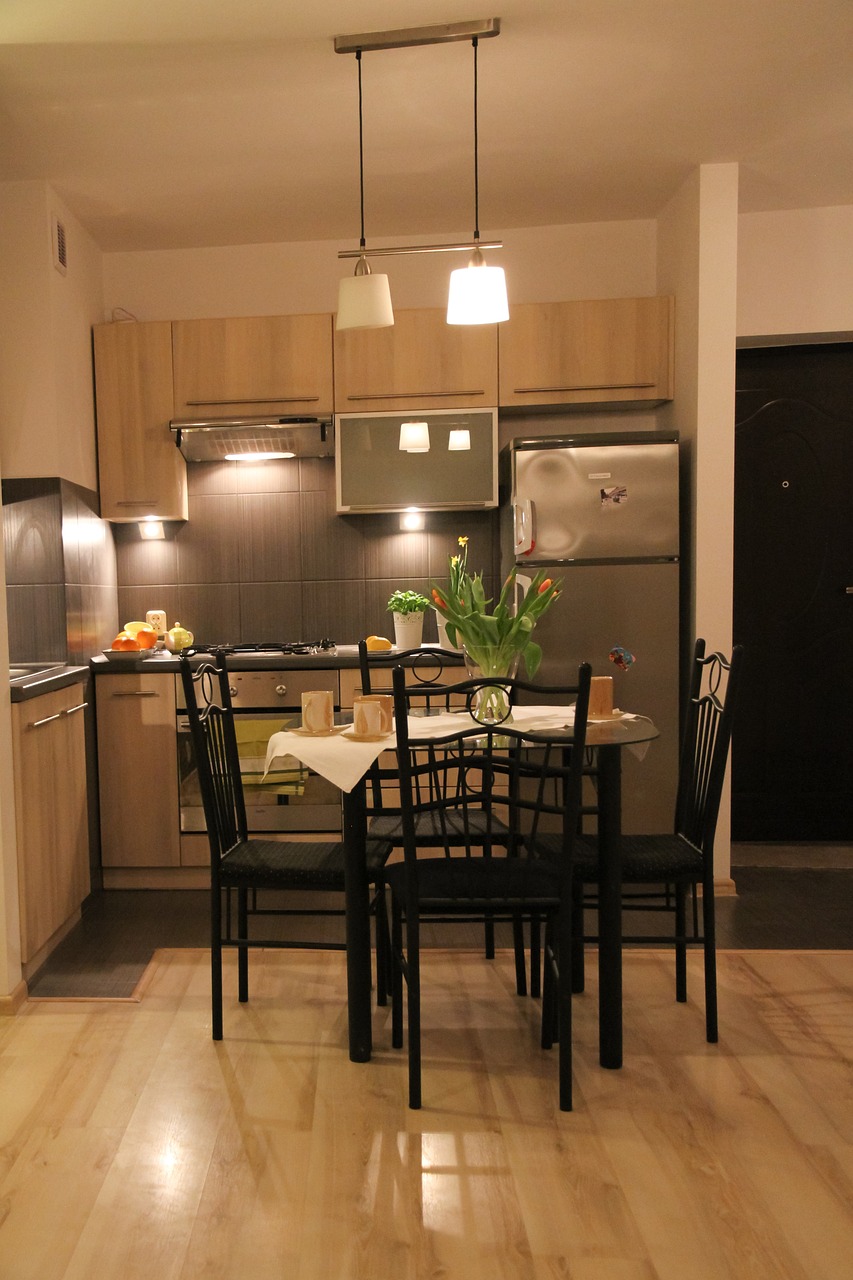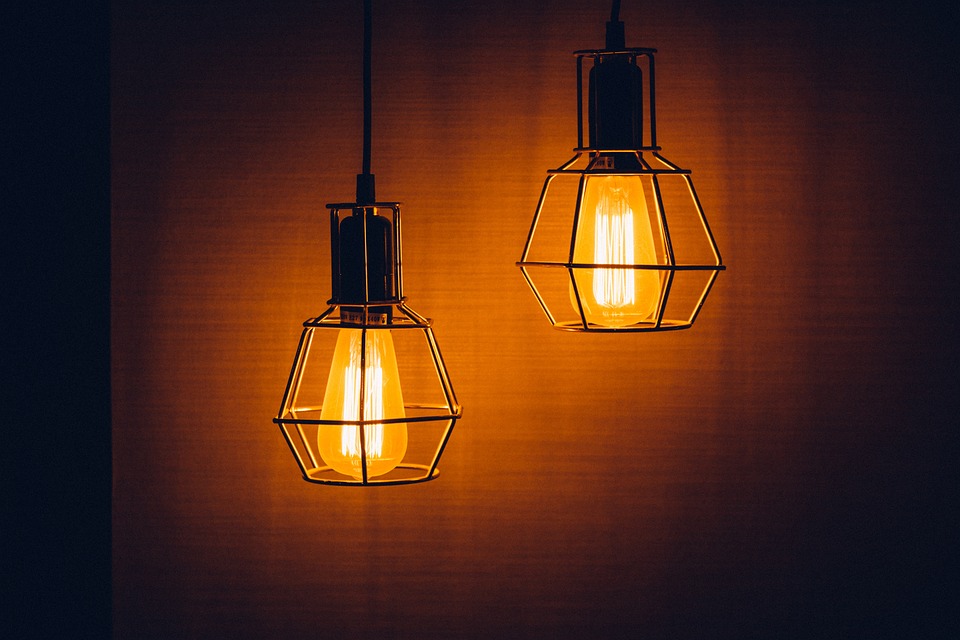There are several important elements to consider when designing a residential lighting design. These elements include the type of lighting, the purpose of the lighting, and the aesthetics. These elements should be carefully considered and integrated into the overall design. To get the best results, you must pay close attention to every aspect of your lighting design.
Ambient lighting
There are several ways to create ambient lighting in a room. For example, you can use a chandelier to create a soft light that permeates the room. Another option is to use a moving light to accent certain features in the room. The color of the light is also essential because it can create a certain mood. Cool lights have blue undertones, while warm ones have yellow undertones.
The basic concept behind ambient lighting is to provide a uniform level of illumination throughout a room. This level of illumination is usually soft and uniform, and it is essential for setting the mood in a room. It also helps create a sense of depth and warmth while allowing people to navigate a room without having to worry about glare. Ambient lighting can be achieved through ceiling fixtures, LED strips, and floor lamps.
Task lighting
Task lighting provides localized light to areas where specific tasks are performed. It is particularly useful when there is a need to see fine details or work with small objects that produce low contrast. It can also provide added illumination to workspaces and dining areas. The best task lighting is focused and provides the right amount of bright light without creating glare or shadows.
Task lighting can be located on either side of the work surface and is typically 90 degrees above it. It should be adjustable and provide enough light to light an area of about 40 square feet. The light source should be placed between 14 and 24 inches above the work surface and have a dimmer switch for convenience.
Accent lighting
Accent lighting is an essential part of residential lighting design and should be used to highlight certain objects or areas in a home. Using accent lighting can add character and beauty to a home while ensuring visibility and safety. A residential lighting design should balance form and function for both interior and exterior spaces. The right lighting can improve the overall look and feel of the home while also reflecting the lifestyle of the residents. Proper planning of the lighting during the planning stage will help the designer to create the right ambiance for the home.
Accent lighting can be applied to accent artworks, sculptures, or other focal points. It can also be used to draw attention to a specific area of the landscape or a feature wall. Accent lights often use adjustable fittings to direct the light wherever the user wants it.
Integrated lighting
Integrated lighting is an effective way to provide natural light to your home. It can also help you with aesthetics. An integrated lighting system produces an even, flattering light on your skin. You want the light to fall evenly on your face and reflect in the mirror. You can use dimming controls to create a more comfortable lighting experience. Also, you can use exterior motion detectors to turn on the lights automatically when people walk into the house.
LED lighting is one of the most advanced lighting options on the market. These bulbs are energy-efficient, durable, and environmentally friendly. They can save you a lot of money in the long run by reducing electricity bills. LED lights are also a smart choice because they connect to a smart device.






